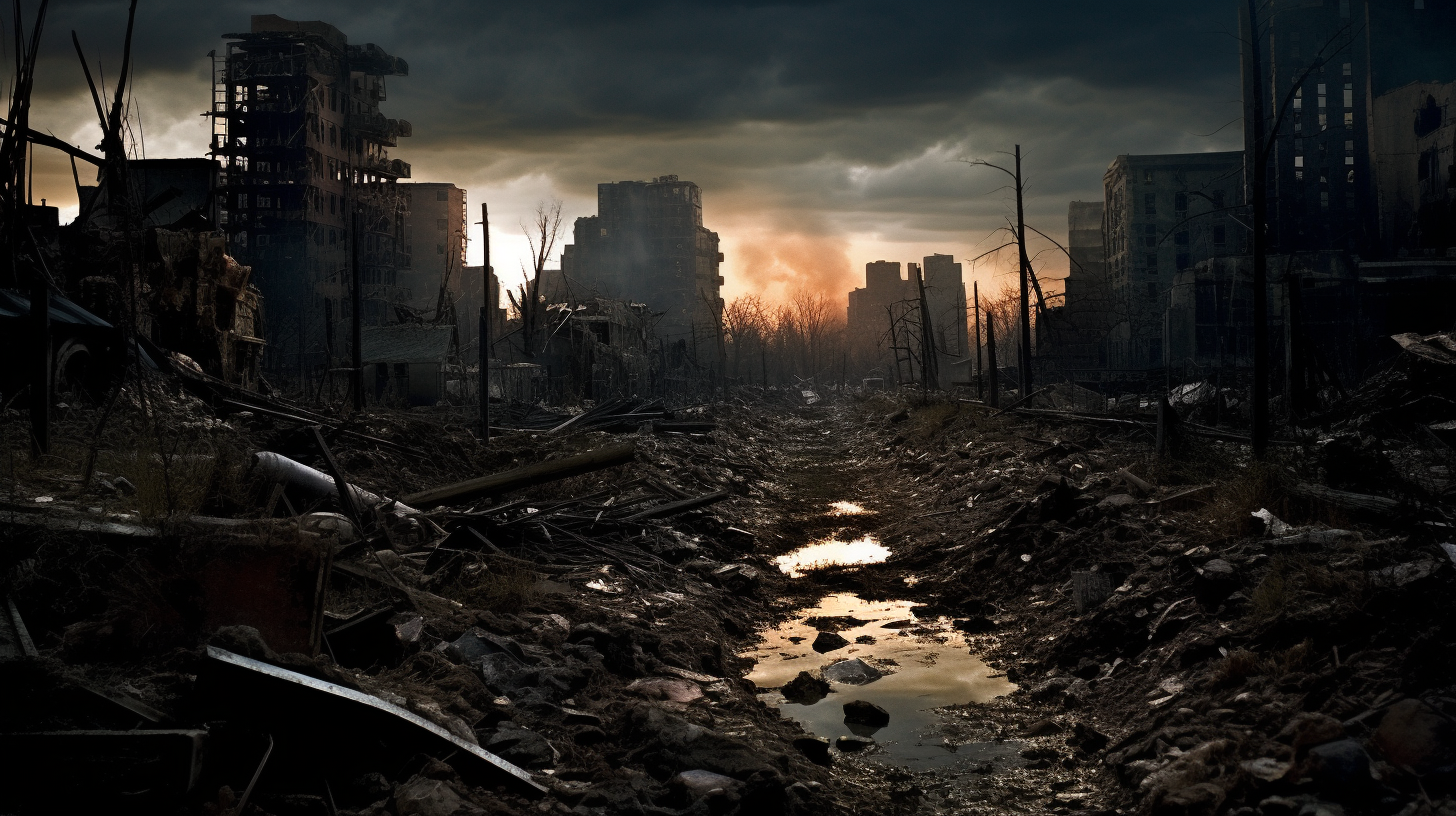The chorus of cracking soil echos across the globe as the earth beneath our feet, once a rich tapestry of productivity, now withers into a barren sprawl of desolation. The specter of scarcity looms; the world’s breadbaskets, the very cradles of our sustenance, stand on a precipice, tipping over into dust-filled graves.
The transformation is neither myth nor hyperbole — it is a stark, breath-stealing reality. Vast stretches of land that once burgeoned with golden wheat, tall corn, and endless rows of life-giving crops have become terra mortua. The culprits are numerous: irrepressible climate catastrophes, unchecked human activity, and a merciless exploitation of the natural world. All have conspired to bring about a tableau reminiscent of the most dire science fiction scenarios.
History whispers warnings through the dust storms of the past, but progress seems to march inexorably forward, deaf to the calls to reverse the damage. The result? A dire smorgasbord of droughts, heatwaves, and pestilence set to the backdrop of a society that watches the soil crumble through its fingers as it seeks answers in technologies that come too late, or practices too seldom embraced.
In the Midwest, farmers gaze upon cracked earth that seems to mock their plight, a bitter testament to their forefathers’ dreams of endless bounty. The irony lies heavy in the air; in our pursuit of plenty, many have sown the seeds of their own undoing through short-sighted farming techniques and relentless monoculture that have leeched the land of its lifeblood.
Desertification is no longer a term relegated to the arid zones — it has crept up into the very heart of our verdant basins. And where the desert’s edge expands, it reclaims, without prejudice, the bustling silos and the weathered barns, leaving them as forsaken monoliths to a once-thriving era. This decay mirrors our previous explorations of ‘Agriculture in Ashes’ and the heart-wrenching vision painted by ‘Ghost Farms of Tomorrow’, but it delves further into the emotional and societal impact of these losses.
The capricious fury of the weather, fueled by an inflamed climate, has been particularly remorseless. Crops stand besieged by an onslaught of droughts and floods, which arrive with equal ferocity but yield mutually assured destruction. Subsistence communities reeling from the loss of ancestral farmlands tell tales where hunger has replaced the harmony with nature that once defined them.
A glimmer of resistance lingers in the form of regenerative practices and innovations like hydroponics or vertical farming, but many find themselves asking — is it too little, too late? There are those who have braved to rewild their lands, choosing to harness nature’s propensity for healing rather than impose against it, but such tales are diamonds scattered within a rough of despair, whose shine cannot obscure the immensity of the blight.
And in this cascade of calamity, society’s response remains tepid, shackled by inertia and apathy. There persists a reluctance to confront the burgeoning reality, a hesitation to fully embrace the radical changes required if we wish to cling to a semblance of the abundance we once knew. Yet the markets, careworn from volatility, have begun to translate the writings on the wall, while those in ivory towers and policy halls debate semantics as fields falter and fade.
It is a picture of paradox — of innovation and inertia, of resilience and resignation. This is the landscape onto which we cast our gaze, one of contrasts so stark they rend the heart and sear the soul. It implores of us to look beyond the present and yet, demands we act within its confining moments, to undo the chains of our own making.
As our breadbaskets crumble, we are left with the echo of a question, reverberating through the dust of what once was: What will it take for humanity to shift course, to rekindle the balance with the earth that cradles us all?
